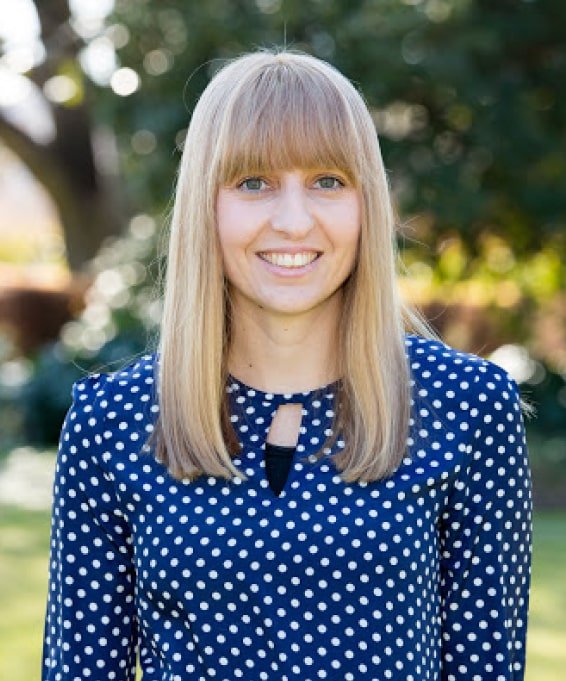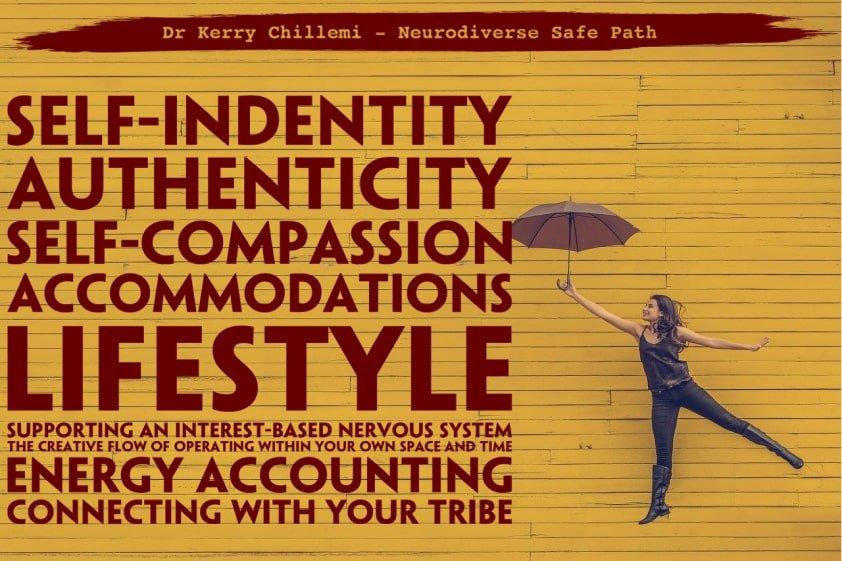







USING THE BRAIN SCIENCE OF ADHD AS A GUIDE FOR NEURO-AFFIRMING PRACTICE

THE FUNCTIONAL LEGACY MINDSET APPROACH
The Functional Legacy Mindset™ approach was designed by Dr. Kerry Chillemi (Clinical Psychologist) to educate people on how different minds function, to embrace their strengths, and portray the legacy of such minds in terms of the benefits to society. The different minds discussed in the Five Mind Model | Functional Legacy Mindset includes, The Focused Mind, The Awe of the Autistic Mind, The Problem-Solving Mind, The Existential Mind, and The Entrepreneurial Mind. The Functional Legacy Mindset™ approach acknowledges the contributions and richness (the unique constellations of strengths and challenges) of each of these minds and seeks to address environmental factors that may be adversely impacting neurodivergent minds.
The theory of a Functional Legacy Mindset™ approach is grounded by the therapeutic benefits of embracing the authentic self, to promote a sense of purpose, in which clients feel empowered to embrace their unique strengths and abilities to contribute to society in ways that feel authentic and meaningful to them.
Do you need help?
The
Focused Mind
The Awe
of the Autistic Mind
The
Problem-Solving Mind
The
Existential Mind
The
Entrepreneurial Mind
VIEWS ON INDUSTRY TRENDS BY DR KERRY CHILLEMI
The discipline of psychology is evolving at a rapid pace, with a move away from the idea that people need to meet neuro-normative expectations in-order-to succeed in life. When you build a healthy self-concept, clients are eager to learn and are more likely to develop a self-compassionate mindset to acknowledge that support is vital and needed.


A STRENGTH
BASED APPROACH
A strength-based perspective does not deny that neurodivergent disorders such as Autism Spectrum Disorder, ADHD, and Bi-Polar, carry potentially life-threatening risks and deficiencies, however, it also seeks to acknowledge the talents, interests, and skills upon which the person can build a life of success and joy. If a person is genuinely proud of who they are, it helps them to navigate the world better. In this way, expectations become more realistic and do not require the person to meet standards that are unreasonable. A safe path in the form; of a healthy self-identity (integrating a healthy sense of self), self-compassion, accommodations, energy accounting, supporting an interest-based nervous system, creative flow, and connecting with your tribe, allows people to minimize any negatives and leverage on the positives.
In order to support neurodiverse people from experiencing the adverse impact of burnout, it is important that we move towards a neuro-affirming and neuro-biologically informed approach. A curious approach that entails a desire to understand and see neurodiverse people as having equal rights, value, and worth is essential.
To all, of the beautiful minds I have had the privilege of working with, I acknowledge the valuable contribution you bring to this world with the upmost respect. The ripple effect of these beautiful minds benefit many people for years to come. Greatness can be achieved through diversity.
FAQs
Lorem ipsum is text
Have Any Questions?
Lorem Ipsum is simply dummy text of the printing and typesetting industry. Lorem Ipsum has been the industry’s standard dummy text ever since the 1500s, when an unknown printer took a galley of type and scrambled it to make a type specimen book.


